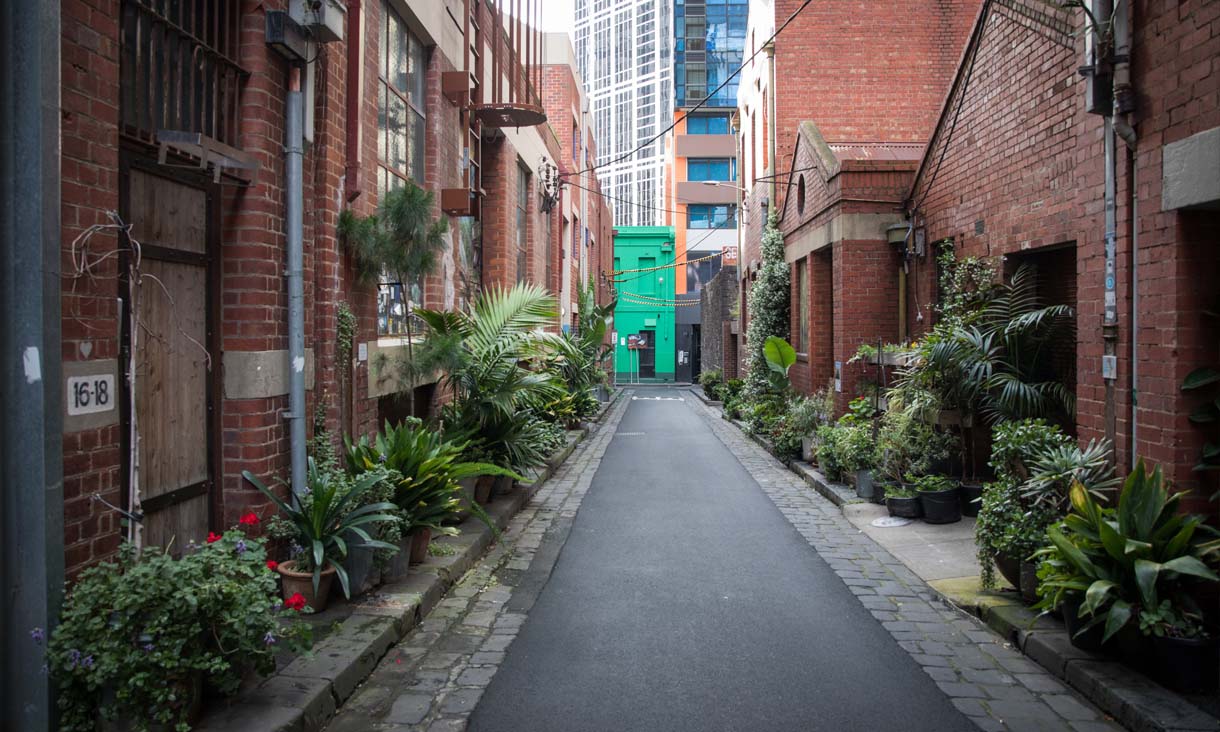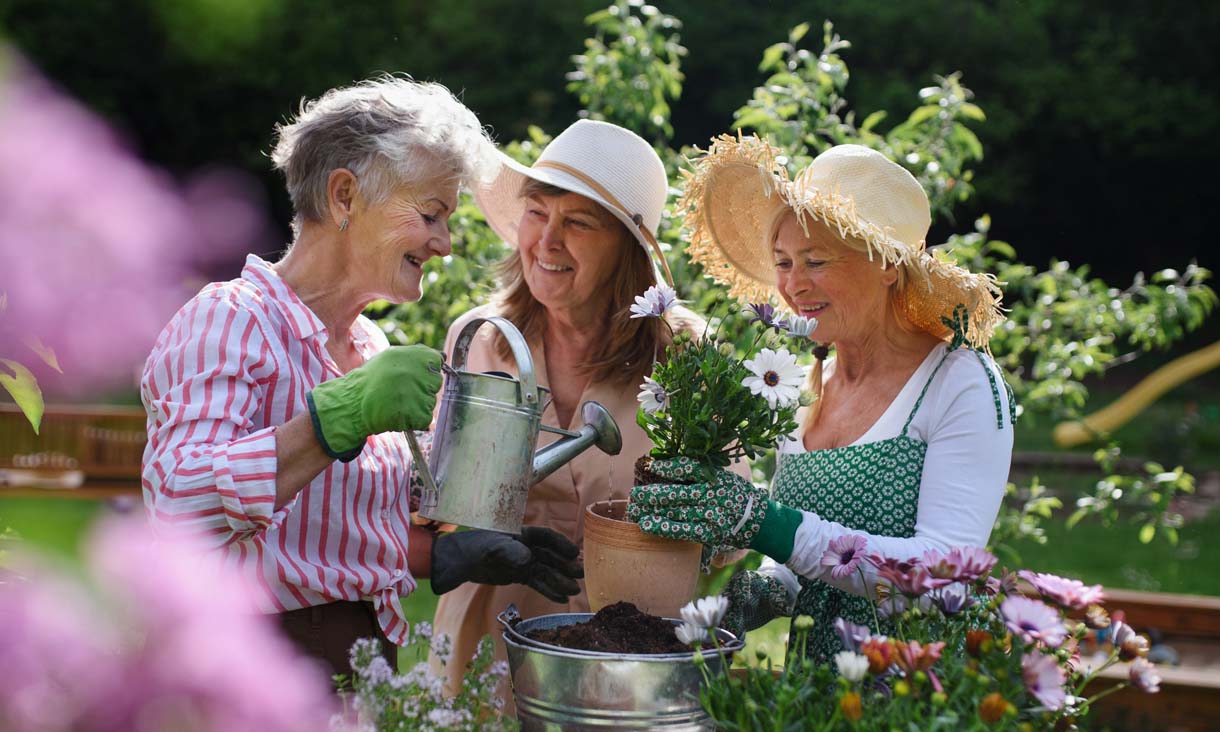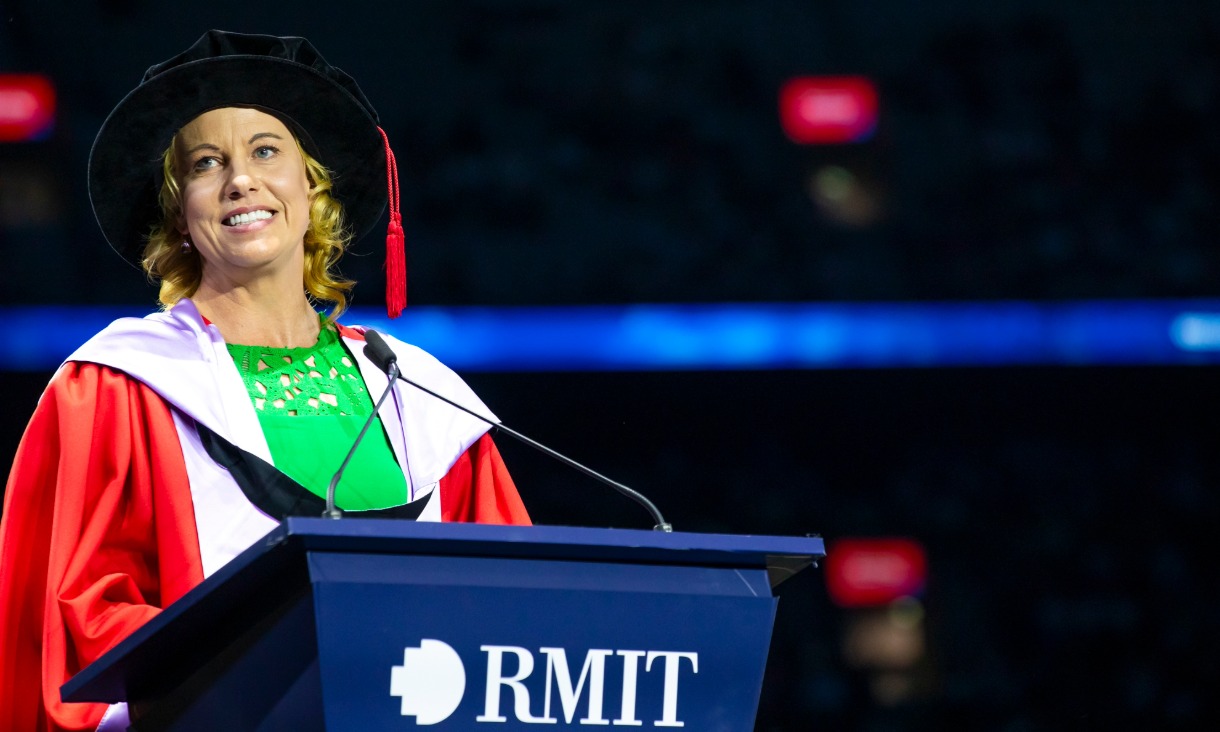The study, led by RMIT University in collaboration with the City of Melbourne and Queensland University of Technology, surveyed over 1,500 City of Melbourne residents and visitors on their connection to nature and found nearly 75% of respondents had a high connection to nature.
More than 75% of respondents said they were concerned about climate change and the destruction of nature.
However, retirees and university students who have lived most of their lives in the Melbourne area had the lowest connection to nature.
The research also found residents who lived north of the Yarra River generally had a higher connection to nature compared to their southern counterparts, despite south-siders mostly living in areas with higher levels of tree canopy.
Project lead Dr Matthew Selinske from the Centre for Urban Research said more investigation was needed to unpack the reason for the north and south divide.
“It is interesting there are low nature-connection clusters in the south as many south-side residents actually care deeply about nature," he said.
“There could be a number of factors affecting their relationship to nature, but the main takeaway is we need to make all participation with nature as easy as possible.”
The research found people who were time poor were less likely to engage with nature, regardless of access to activities and programs.
Selinske said increasing passive or incidental nature exposure, such as revegetating walking paths used by commuters or hosting more events and activities outdoors, could help time-poor people reap the benefits of being outdoors.
“Getting nature into everyone's lives, even incidental exposure, is extremely important and councils need to deliver this in an equitable manner,” he said.
Selinske said prior research showed people with greater connection to nature tended to have higher wellbeing and better health outcomes.
“They are also more likely to engage in pro-environmental actions and support conservation initiatives, so that’s why we want to lift up engagement in low nature connection areas or groups," he said.










